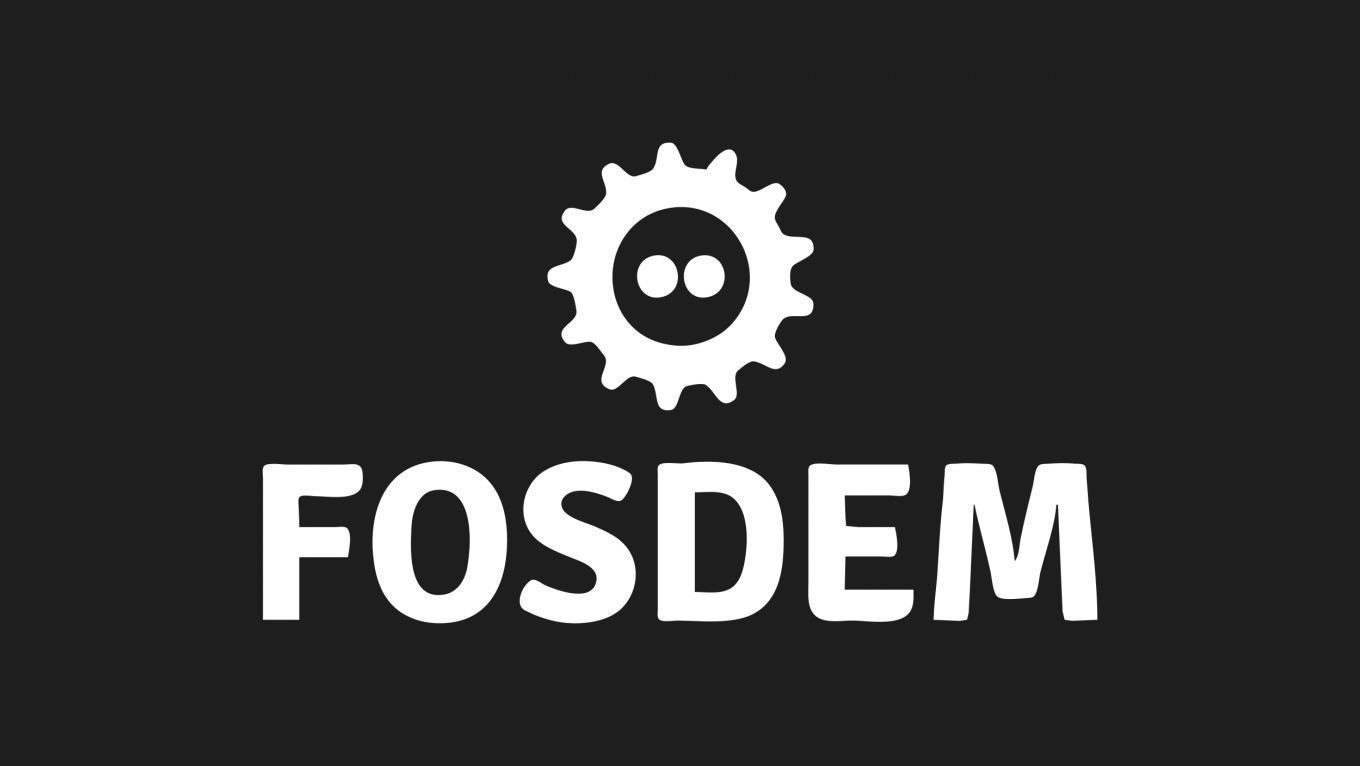Open Research Tools and Technologies
BrAPI: a standard API specification for plant breeding data
<p>Modern plant breeding research requires a large amount of data to function effectively. Data repositories are improving in their ability to store this data, but there is a growing need for interoperability between disparate data sources and applications. The Breeding Application Programming Interface (BrAPI) project offers a solution to this problem with a standardized RESTful web service API specification. This specification provides a standard data model for the plant breeding domain, plus a well-defined set of methods for interacting with the data. The goal of the project is to promote interoperability, data sharing, and open source code sharing across organizations who produce and consume data in this domain. The BrAPI project is a community built project and that community is well established and continuously growing. The standard is built based on concrete use cases to solve real interoperability challenges faced by the community. Beyond the core standard, the community has built a variety of open source tools and resources to help build and test implementations of the specification. The community is also constantly producing new BrAPI compliant applications, analysis tools, and visualizations that will work with any BrAPI data source.</p>
Additional information
| Type | devroom |
|---|
More sessions
| 2/5/22 |
<p>The Open Research Tools and Technologies devroom managers welcome words announcing the schedule.</p>
|
| 2/5/22 |
<p>This presentation is about the development and trajectory of Heurist (HeuristNetwork.org), a shared, integrated, extensible data infrastructure (model, build, manage, analyse, visualise, share, publish via integrated CMS) for Humanities research capable of handling the needs of many heterogeneous projects on a single standalone service*, with optional integration across multiple servers by a coordinating index (itself based on Heurist).</p> <p>Humanities data are interesting (both technically ...
|
| 2/5/22 |
<p>Developed from 1995 onward, Prospero is a framework for longitudinal analysis of text corpora. Based on dictionaries and semi-automatic classification, it mainly allows its user to combine approaches of statistical computation, co-occurrence network and search for nested patterns. Inspired by pragmatic sociology, it focuses on the multiple forms of expression and argumentation used by actors, on language regimes and on the identification of transformations occurring in the research case. ...
|
| 2/5/22 |
<p>I am a social scientist who mostly teaches and conducts qualitative research, but I am also a programmer. Over the years, I have contributed to a variety of free and open source software projects, and since 2019, I have developed and maintained <code>textnets</code>, a Python package for text analysis that represents collections of texts as networks of documents and words, providing novel possibilities for the visualization and analysis of texts. In my field, such software development efforts ...
|
| 2/5/22 |
<p>Discussion panel of three testimonies from academics developing software.</p>
|
| 2/5/22 |
<p>The writing of web publications mixing data visualization and textual prose opens novel opportunities for connecting evidence, arguments and narrative in social sciences communities. Such a practice poses a variety of challenges in terms of website design and development ; but also and maybe more importantly, it asks for experimenting specific workflows for coordinating a variety of expertises ranging from social sciences disciplines (history, sociology, etc.) to data science, information ...
|
| 2/5/22 |
<p>This talk will show a new Python tool called Livemark, which is designed for data journalism software education, and documentation writing. Using Livemark, you can collect and present data with interactive tables, charts, and other elements without leaving a text editor. You can also write documentation with live script execution similar to a lightweight version of a Jupiter Notebook. This talk will demo Livemark and will be well-suited for a technical and non-technical audience that is ...
|

